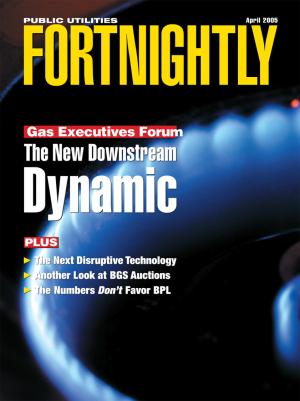Will wind power close the gap between state renewable portfolio standards and the current shortfall in viable technologies?
Today there are 20 states plus the District of Columbia in which renewable portfolio standards (RPS) or mandatory renewable quotas have been established. During the past several months, six additional states formally have considered renewable standards but have not yet initiated programs.

The RPS rules vary significantly across states in terms of qualifying fuel types, credit trading, incentives, targeted goals, and the time frame for compliance. Today the RPS states represent 52.6 percent of the nation's retail electricity revenue. These states account for virtually all of the current production of solar, wind, and geothermal power generated in the United States annually.
Global Energy's recent multi-client study, Renewable Energy: The Bottom Line, estimates the gap at 118,400 GWh between operating non-hydro renewable electric (NHRE) output today and that required in 2020. This gap translates into new renewable capacity by 2020 of 52,729 MW, with 76 percent expected to come from wind because of attractive economics and resource availability. The cumulative capital investment is estimated at $53.4 billion.
Moreover, according to the Electric Power Research Institute, there is a concern that the current pace of innovation in all of today's power generation technologies—fossil, nuclear, and renewable—will not be sufficient to meet many other economic or greenhouse gas reduction needs.
